Optimal Timing for Flail Mowings
Determining the optimal time for flail mowings involves considering grass growth stages, weather conditions, and specific landscape needs. Proper timing ensures effective vegetation control and minimizes crop or turf damage.
Flail mowings are most effective when grasses and weeds are actively growing, typically in late spring or early summer, before seed production.
Ideal conditions include dry weather to prevent clogging and ensure clean cuts, with moderate temperatures to promote healthy regrowth.
Mid to late growing season is preferred, avoiding periods of dormancy or extreme heat, to promote uniform vegetation management.
Regular intervals during the growing season help maintain desired vegetation height and prevent overgrowth.
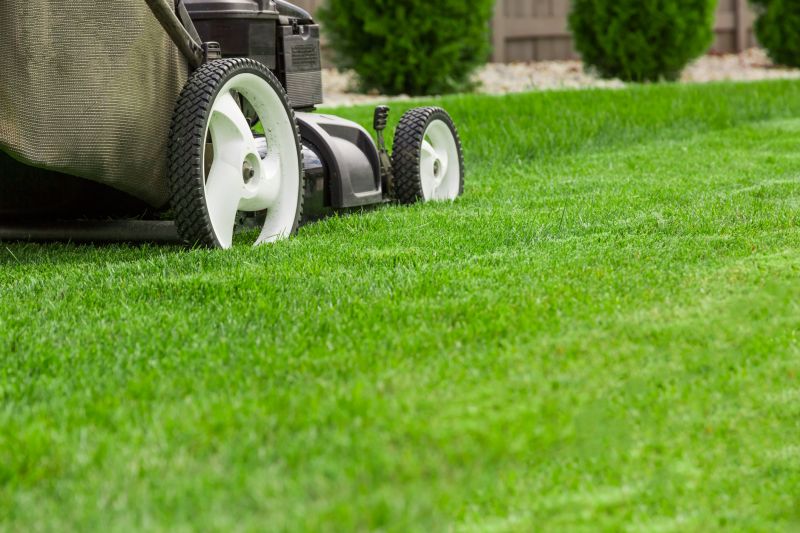
Ways to make Flail Mowings work in tight or awkward layouts.
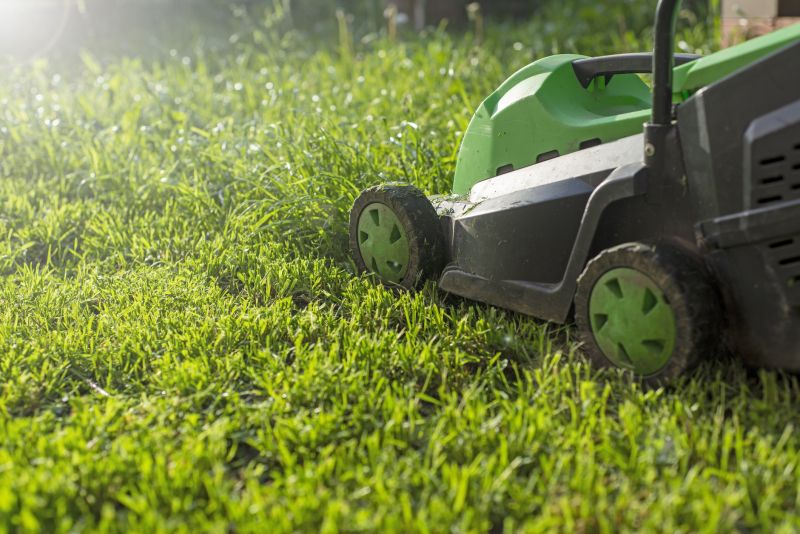
Popular materials for Flail Mowings and why they hold up over time.
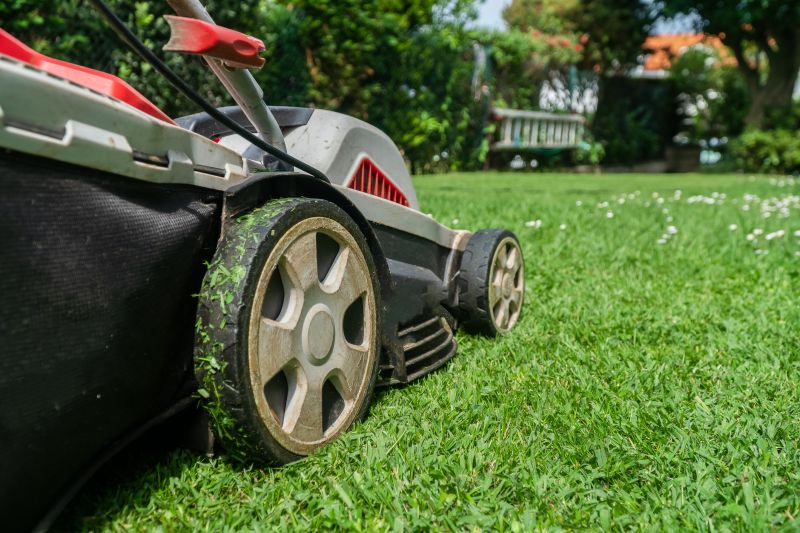
Simple add-ons that improve Flail Mowings without blowing the budget.
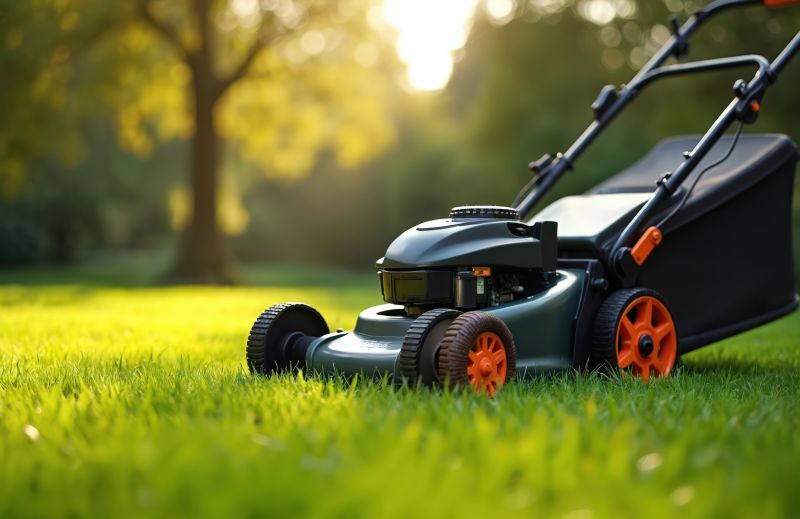
High-end options that actually feel worth it for Flail Mowings.
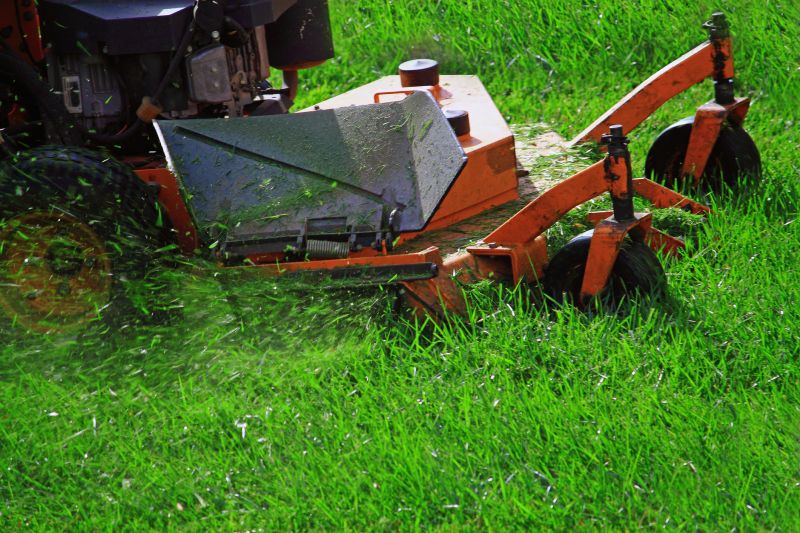
Finishes and colors that play nicely with Flail Mowings.

Little measurements that prevent headaches on Flail Mowings day.
Flail mowings utilize specialized rotary cutters equipped with multiple blades attached to a horizontal drum. This method is highly effective for managing thick, dense, or woody vegetation. The blades rotate at high speed, providing a clean cut with minimal disturbance to the soil. Flail mowing is suitable for a variety of landscapes, including roadside verges, orchards, and rough terrain, where precision and power are required.
Statistics indicate that flail mowings can reduce vegetation height by up to 80% in a single pass, depending on plant density and growth stage. The procedure also helps in controlling invasive species and managing biomass effectively, contributing to landscape aesthetics and safety.
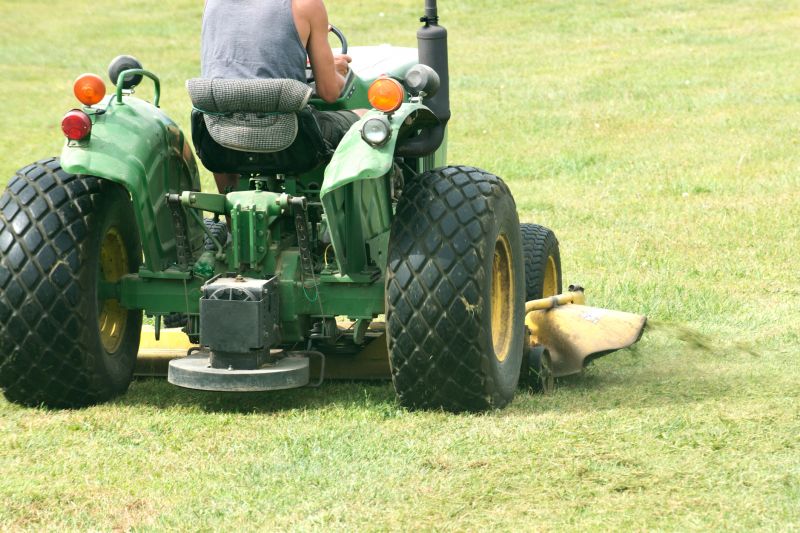
A 60-second routine that keeps Flail Mowings looking new.
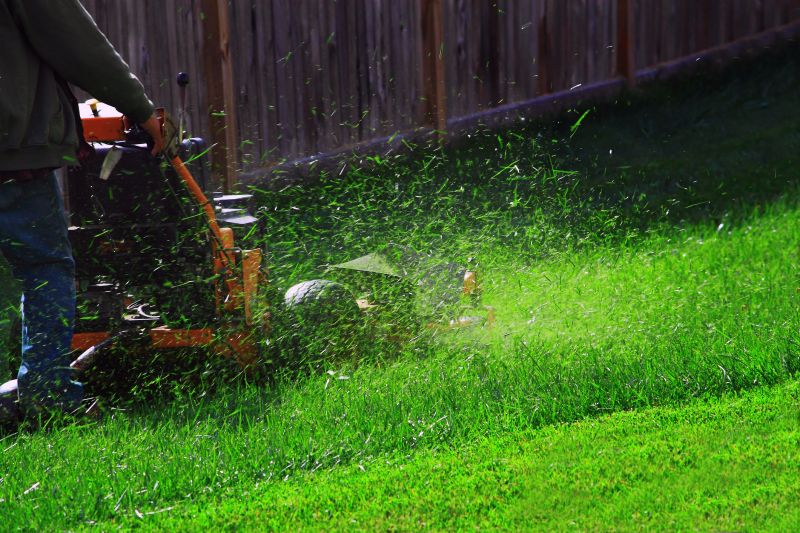
A frequent mistake in Flail Mowings and how to dodge it.

Small tweaks to make Flail Mowings safer and easier to use.

Lower-waste or water-saving choices for Flail Mowings.

The short, realistic tool list for quality Flail Mowings.
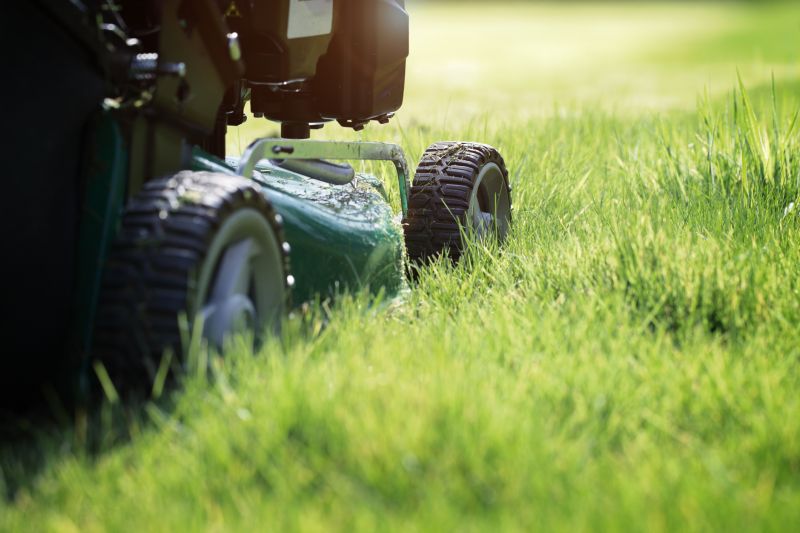
Rough timing from prep to clean-up for Flail Mowings.
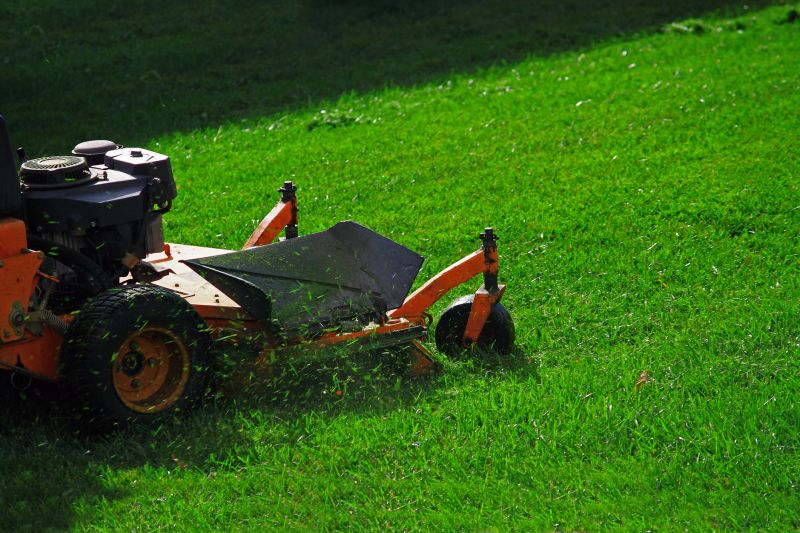
Quick checks and paperwork to keep after Flail Mowings.
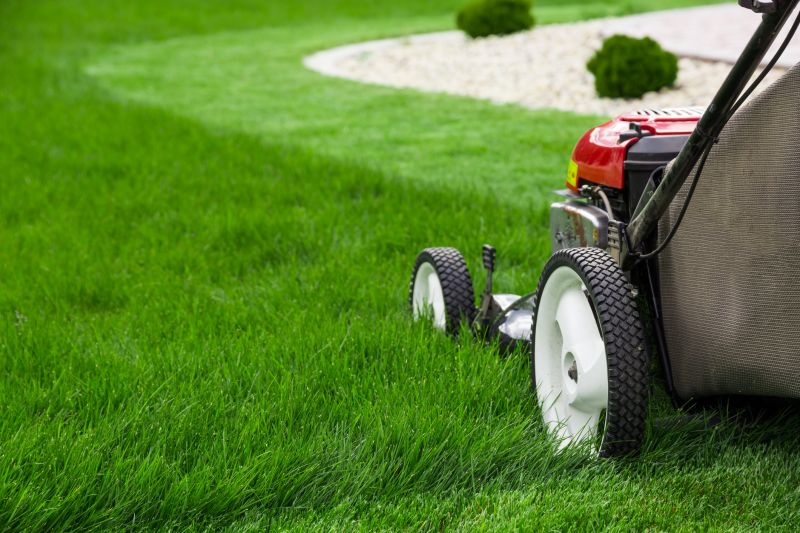
Examples that show the impact a good Flail Mowings can make.

Ways to make Flail Mowings work in tight or awkward layouts.
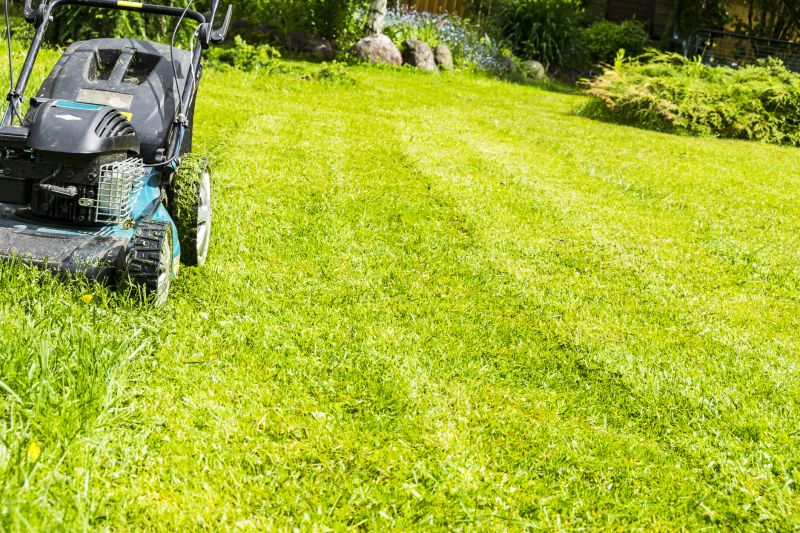
Ways to make Flail Mowings work in tight or awkward layouts.
| Aspect | Details |
|---|---|
| Best Season | Late spring to early summer |
| Ideal Weather | Dry and moderate temperatures |
| Growth Stage | Active vegetative growth before seed set |
| Post-Weather Timing | After rain or storms |
| Mowing Frequency | Regular during the growing season |
| Vegetation Type | Grass, weeds, woody plants |
| Equipment Type | Rotary flail mowers |
| Vegetation Reduction | Up to 80% in height |
Interested parties are encouraged to contact for more information on scheduling flail mowings or for specific landscape assessments. Proper timing and execution can significantly enhance vegetation management outcomes.



